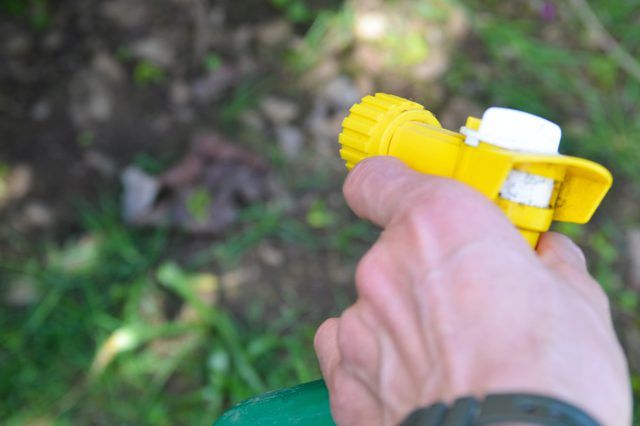Bulbs
Flower Basics
Flower Beds & Specialty Gardens
Flower Garden
Garden Furniture
Garden Gnomes
Garden Seeds
Garden Sheds
Garden Statues
Garden Tools & Supplies
Gardening Basics
Green & Organic
Groundcovers & Vines
Growing Annuals
Growing Basil
Growing Beans
Growing Berries
Growing Blueberries
Growing Cactus
Growing Corn
Growing Cotton
Growing Edibles
Growing Flowers
Growing Garlic
Growing Grapes
Growing Grass
Growing Herbs
Growing Jasmine
Growing Mint
Growing Mushrooms
Orchids
Growing Peanuts
Growing Perennials
Growing Plants
Growing Rosemary
Growing Roses
Growing Strawberries
Growing Sunflowers
Growing Thyme
Growing Tomatoes
Growing Tulips
Growing Vegetables
Herb Basics
Herb Garden
Indoor Growing
Landscaping Basics
Landscaping Patios
Landscaping Plants
Landscaping Shrubs
Landscaping Trees
Landscaping Walks & Pathways
Lawn Basics
Lawn Maintenance
Lawn Mowers
Lawn Ornaments
Lawn Planting
Lawn Tools
Outdoor Growing
Overall Landscape Planning
Pests, Weeds & Problems
Plant Basics
Rock Garden
Rose Garden
Shrubs
Soil
Specialty Gardens
Trees
Vegetable Garden
Yard Maintenance
How to Mix Permethrin
How to Mix Permethrin. Permethrin is available in a 13.3 percent solution and in a 10 percent solution. Both have different uses and different application specifications. The 13.3 percent solution is used to help control outside flying and crawling pests, such as house flies, mosquitoes, gnats, ants, ticks, wasps, hornets, fire ants and many other...
Permethrin is available in a 13.3 percent solution and in a 10 percent solution. Both have different uses and different application specifications. The 13.3 percent solution is used to help control outside flying and crawling pests, such as house flies, mosquitoes, gnats, ants, ticks, wasps, hornets, fire ants and many other insect varieties. The 10 percent solution is used to control insects in turf grass, house plants, trees and shrubs, roses and flowers and so forth.
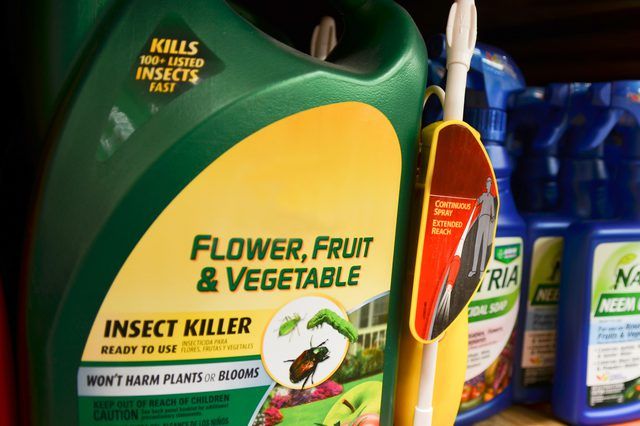
Things You'll Need
Sprayer
Liquid measuring tool
Step 1
Add the correct amount of Permethrin to the tank of a pump sprayer. The correct amount varies greatly based on the desired results. To treat turf grass against ants, crickets and grasshoppers, for example, mix 1/2 oz. Permethrin 10 percent with 3 gallons water to treat 1,000 square feet.
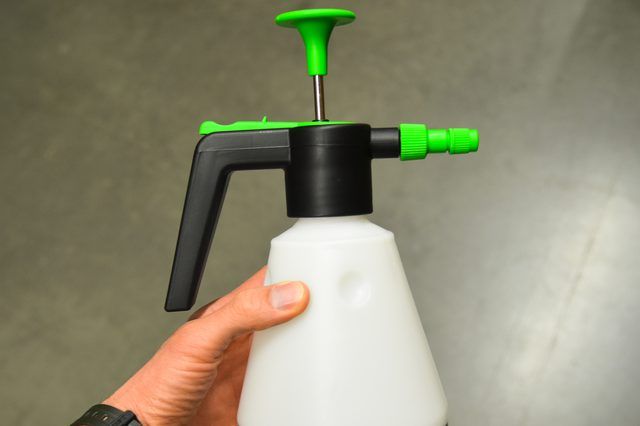
Step 2
Dilute Permethrin 10 percent with the correct amount of water. The amount of water will vary greatly depending on the insects you would like to treat.
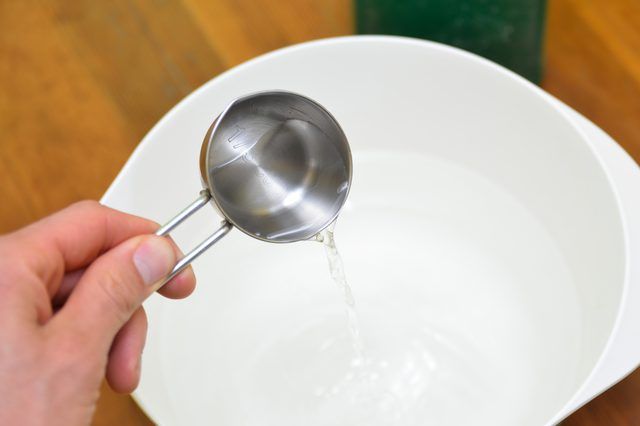
Step 3
Apply the Permethrin 10 percent and water solution at the recommended application rate, which varies from a square footage application rate to a "wet the whole leaf until it drips" application rate.
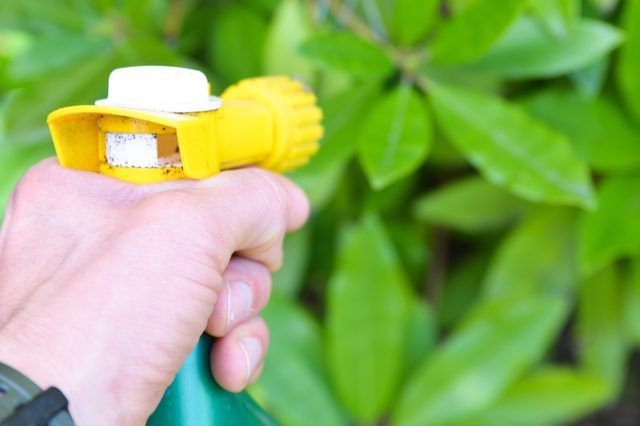
Step 1
Add the correct amount of Permethrin 13.3 percent to the tank of a sprayer. The correct amount depends on the desired dilution rate (0.25 percent or 0.50 percent), which is determined by the application need. For example, heavy infestations require a 0.50 percent dilution rate; maintenance applications require a 0.25 percent application rate.
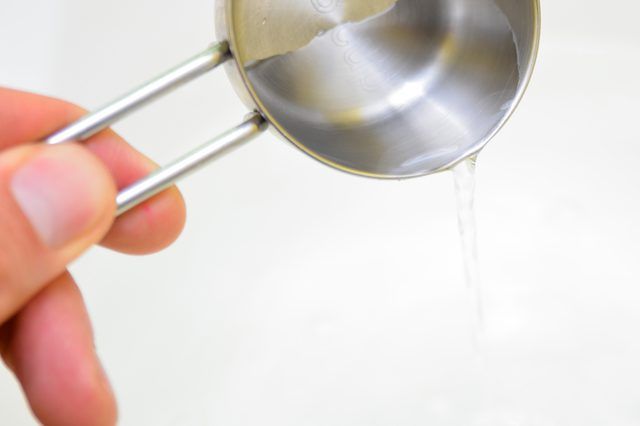
Step 2
Add either 1 qt. or 1 gallon water to the tank of a sprayer. Close the sprayer tank, and mix the solution thoroughly.

Step 3
Apply at the specified rate for the dilution percentage: 1 gallon treats 1,580 linear feet with a 6-inch spray width.
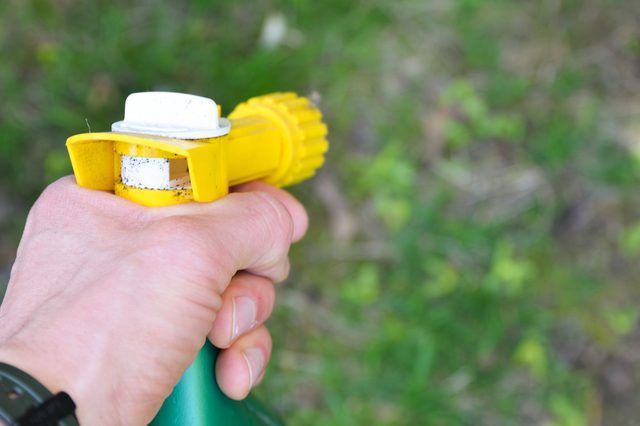
Step 4
Apply a maintenance treatment whenever the need arises.
